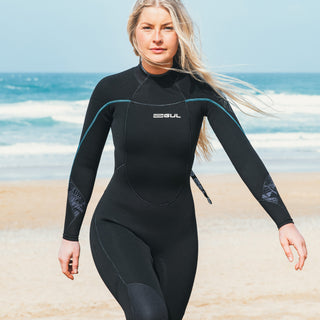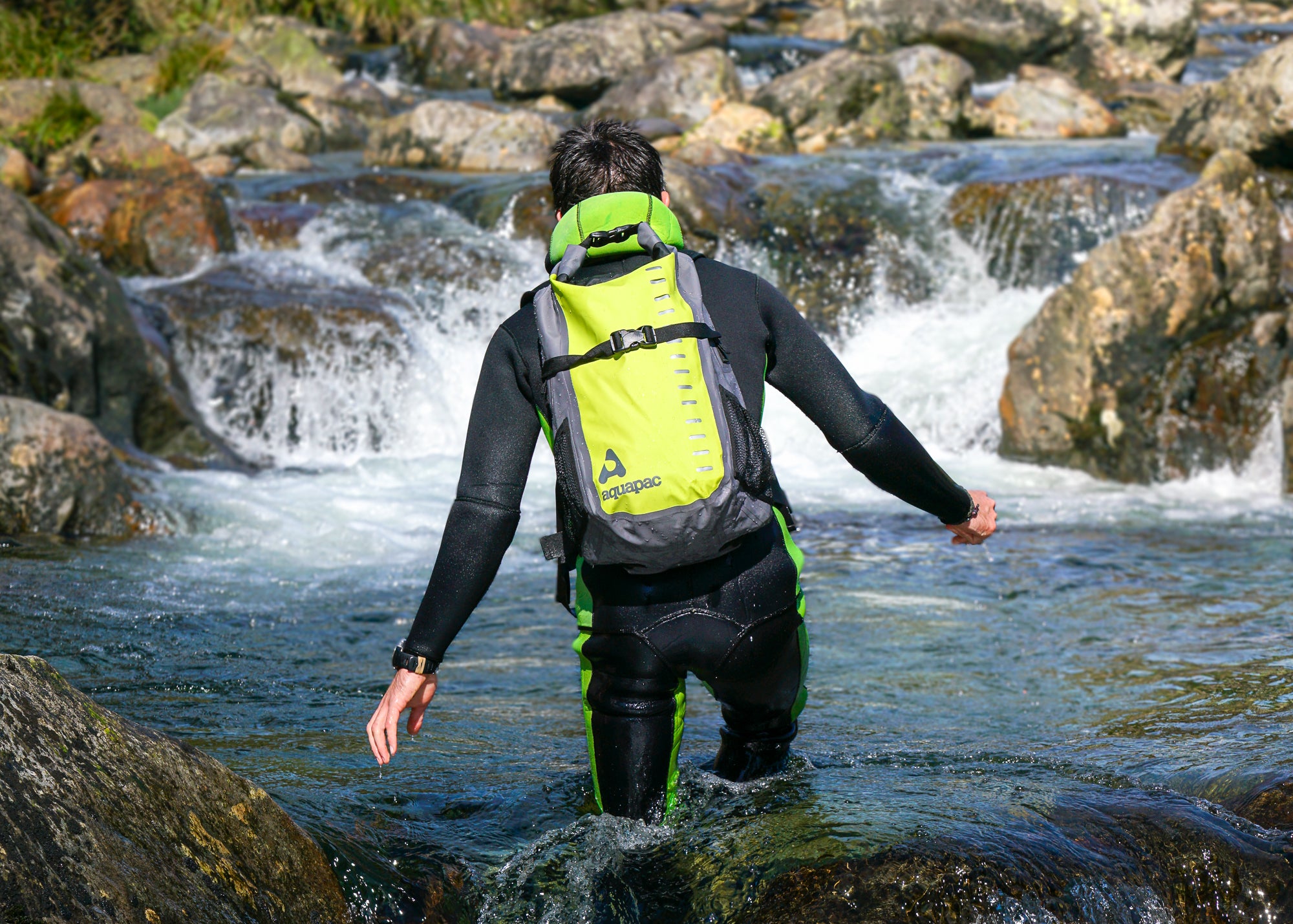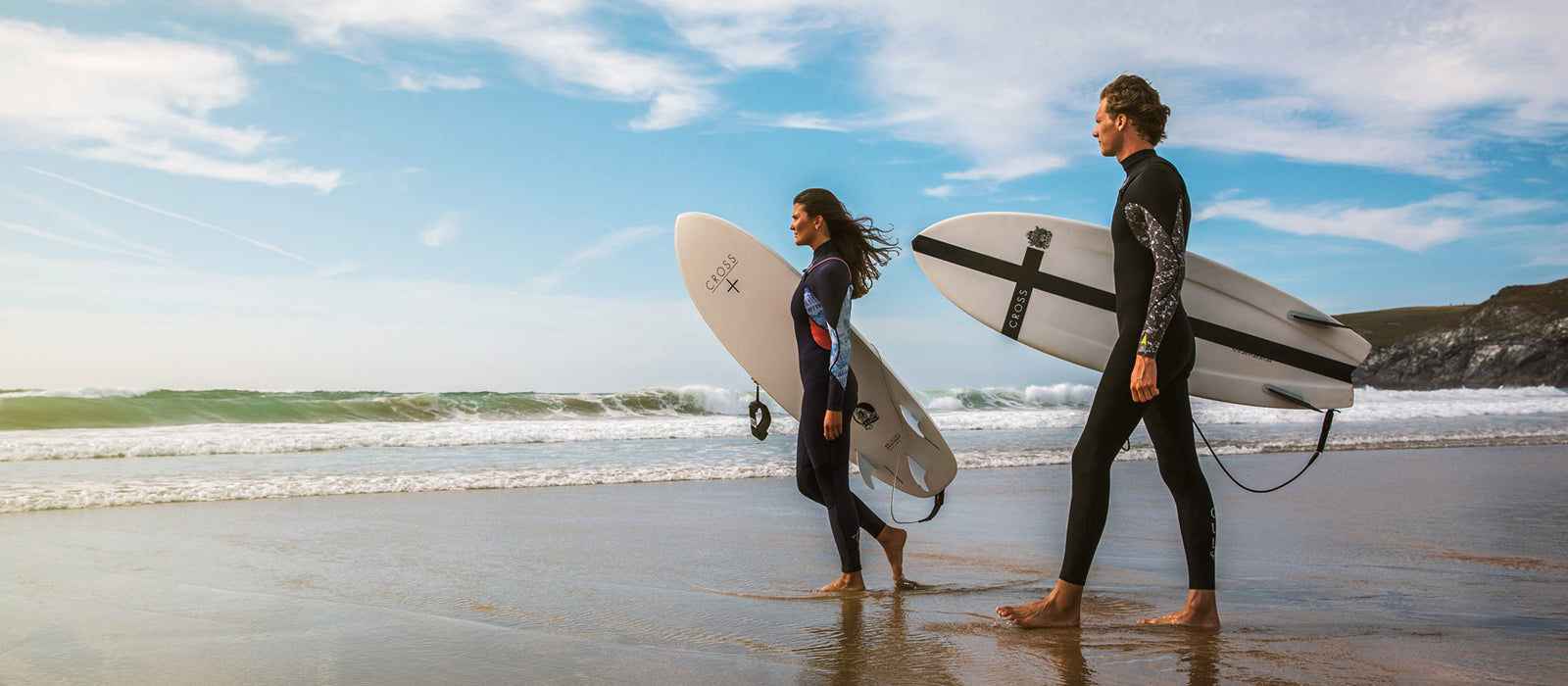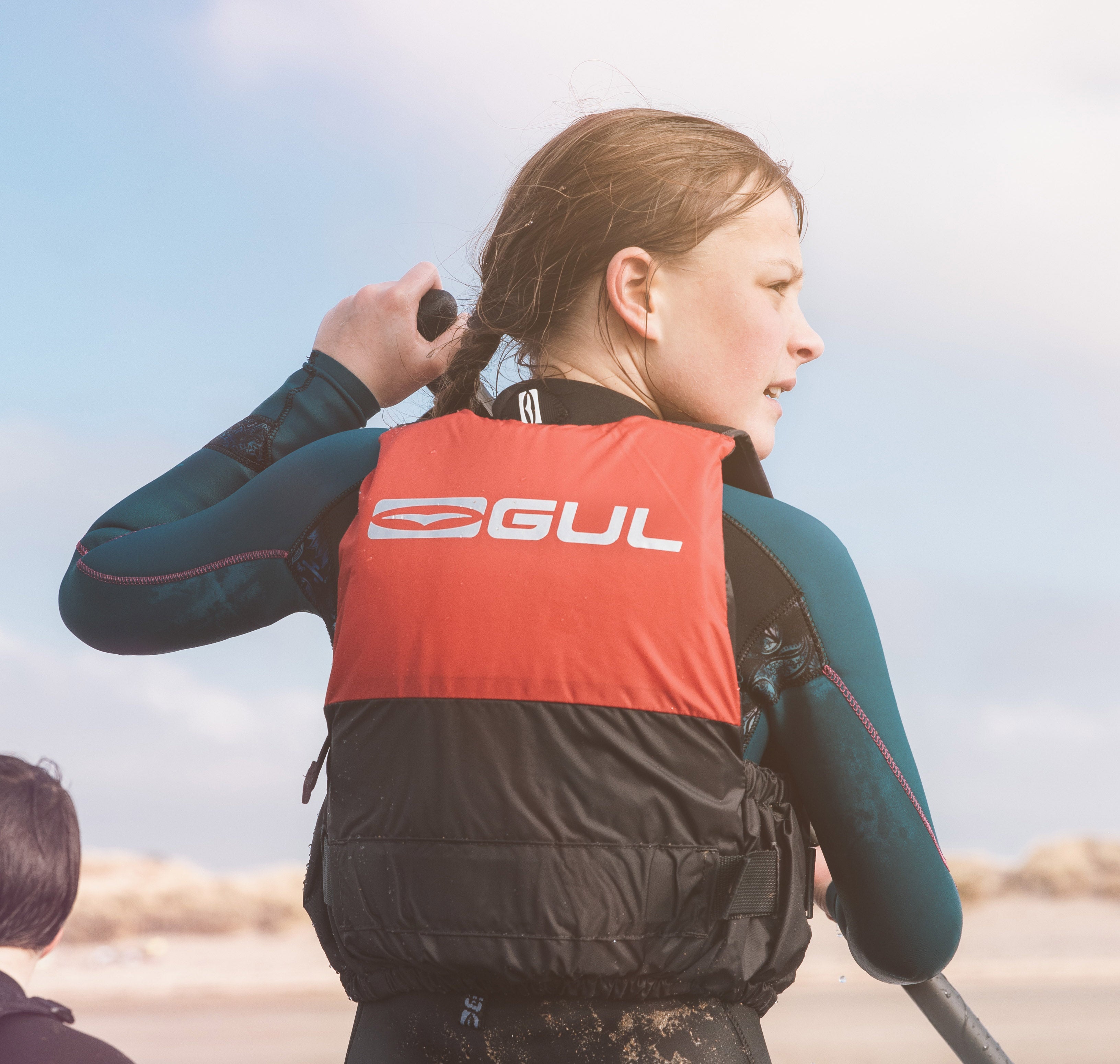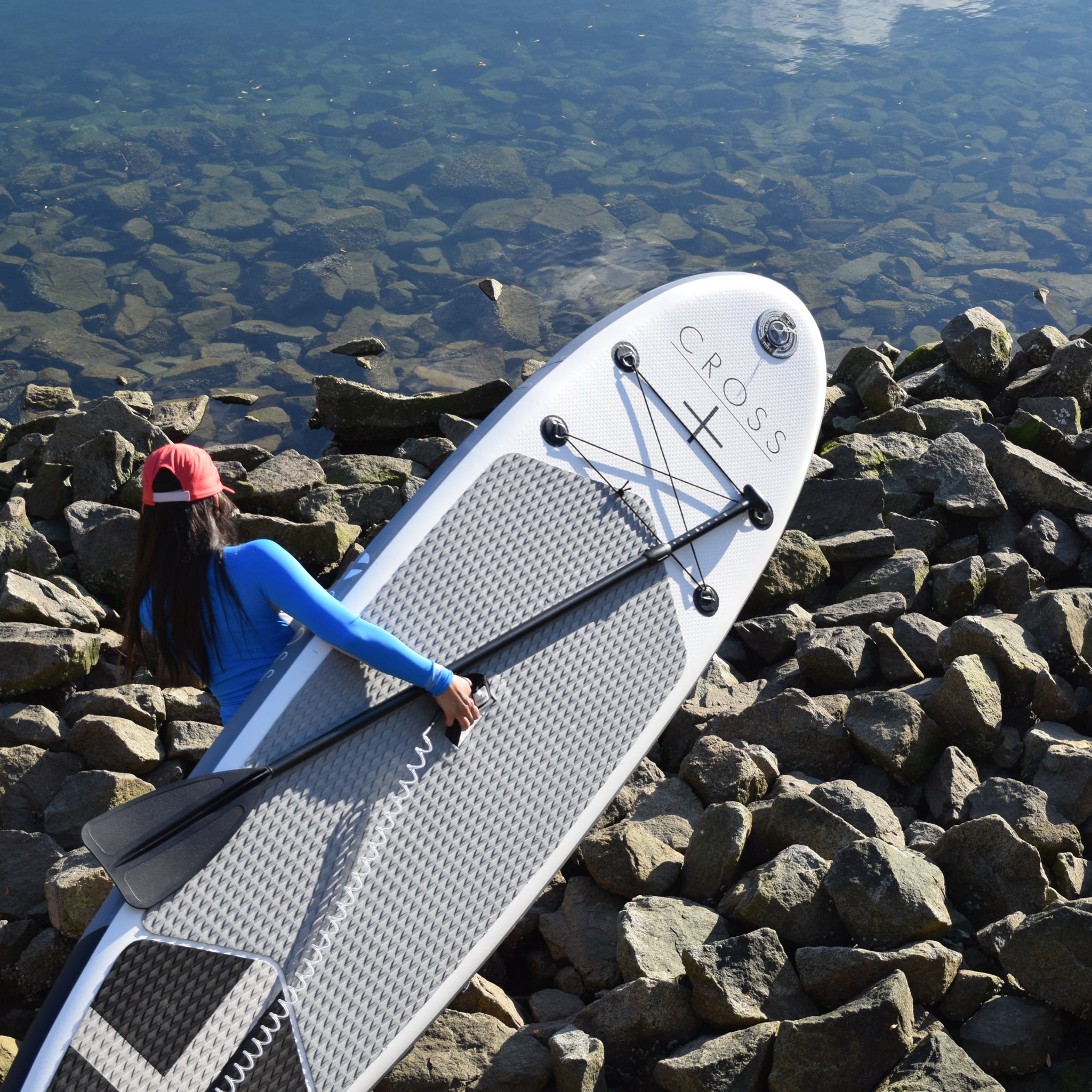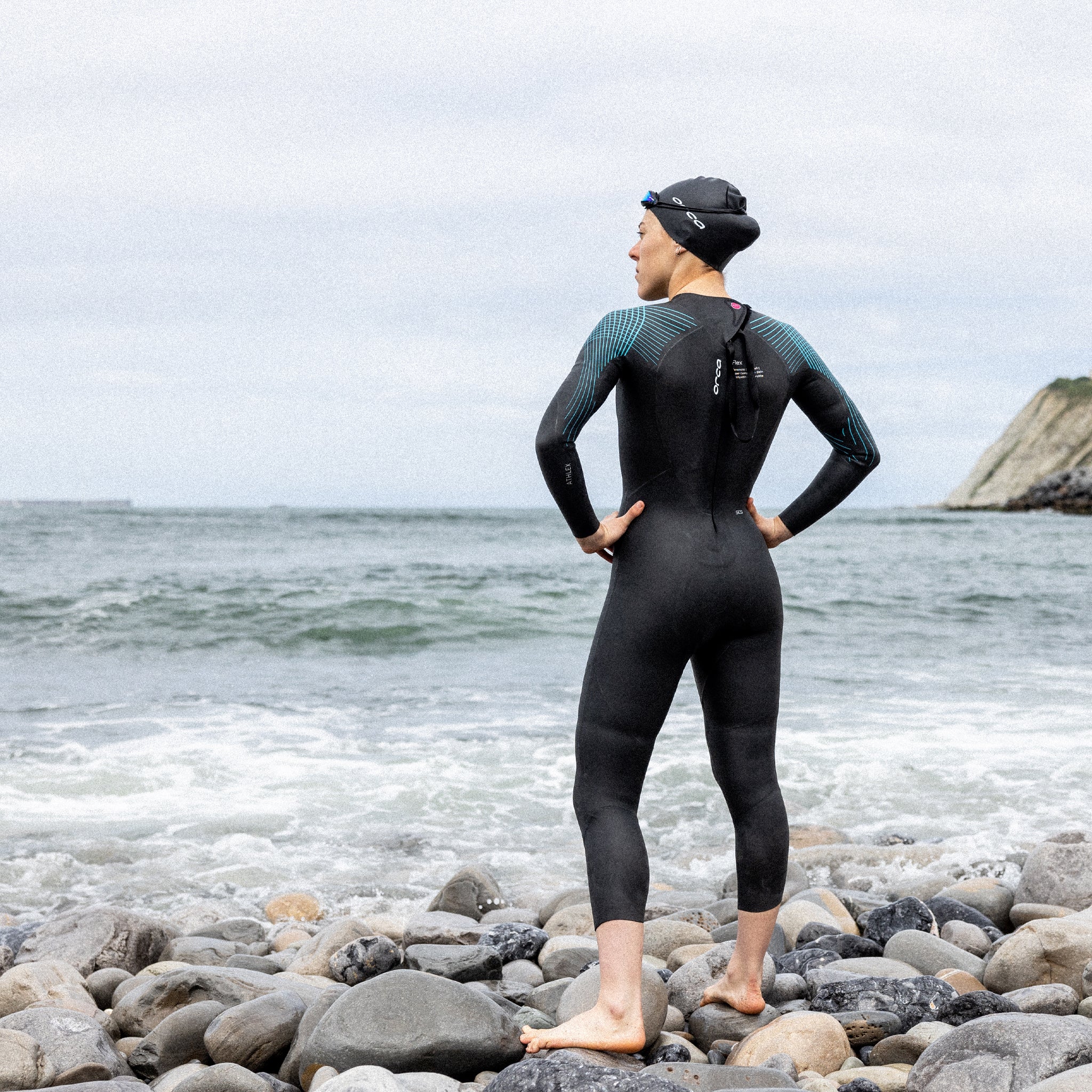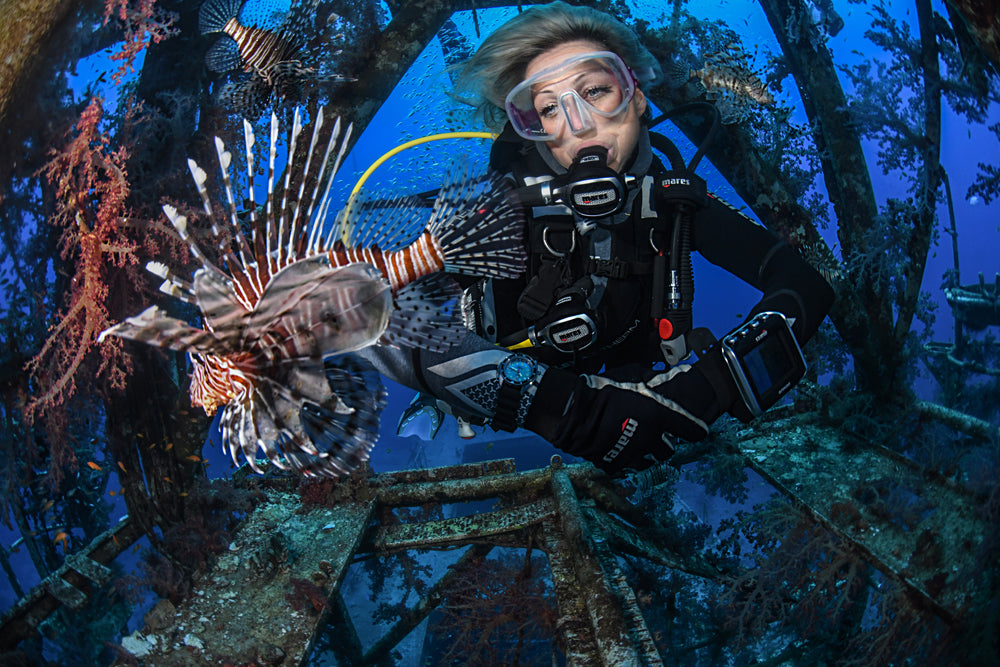Menu
Your cart is empty
Looks like you haven't added anything to your cart yet
Wetsuit Fitting
 CHEST
CHEST
Choosing the correct size of wetsuit is key to ensuring you benefit from the insulating benefits of wearing a wetsuit. You should use the measurements on the size charts provided as a guide to overall fit, taking into consideration the height, chest and waist measurements. To help guide you to choosing the most appropriate wetsuit size, you should firstly take these key measurements: Your Height (normal height measurement, top of head to ankle/heel), Your Chest, Your Waist measurements. When you have this information you can properly refer to the manufacturers sizing guides. Every wetsuit manufacturer produces their own size range of wetsuits and has their own way of referring to those sizes. Some manufacturers will use numbers to identify sizes eg 1, 2, 3 etc. some will use letters eg M, MT, L, LS, etc.
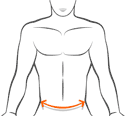 WAIST
WAIST
Occasionally a manufacturer producing a large range of wetsuits may also have specific size/measurement guides for certain types/designs of wetsuits within their range. As a result you may not always be a (L) Large in every design/style/brand of wetsuit. Neoprene stretches in all directions and tends to conform to the body shape. A 3mm neoprene wetsuit will often fit/feel quite different, as the neoprene is more flexible, compared to a much thicker 5mm or 7mm neoprene suit which has less flexibility.
Putting on a wetsuit is not difficult but requires a little patience and technique. The thicker the neoprene the more awkward/tighter it may seem. A wetsuit is designed to be a snug fit in order for it to work efficiently. The below information assumes a back zip wetsuit.
 HEIGHT
HEIGHT
GETTING INTO YOUR SUIT 1. If you are putting on a full suit wear socks as this will help the suit slip over your feet/ankles. Open up the wetsuit, put one foot in, point the toes, and ease the opening over the foot and heel. The bottom of the leg should be just on or above the ankle. Pull the rest of the leg up over the calf to about the knee. Put the next foot/leg in.
2. The top of the kneepatch on the suit should usually be positioned just sit just above the knee – the majority of knee protection falling below the knee down on to the shin area. Once the legs are up to the knees, continue working the wetsuit up each leg alternately, use a technique we call pinch ‘n’ pull – with the pads of your finger tips (not leading with your nails).
3. Ease the suit up the thighs and gradually, over the hips and bottom, and gradually up the torso. Try to avoid having a saggy skate boarders crotch.
4. If you have a gathering of neoprene around the lower leg/ankles – this will mean less neoprene for your upper body and may feel like the suit isn’t long enough or too small. So you must work any excess up the legs, over the hips and potentially into the lower torso, which will provide more flex for the upper body/chest/back and even shoulders.
5. Once your torso is in and the wetsuit is up to your chest, put ONE hand/arm in at a time – this will then keep one hand/arm free to help work the suit up the other arm. Ease any excess neoprene from around the wrist all the way up the arm and over the shoulder – pinch ‘n’ pull. Then put the other arm in, making sure you continually work any excess up the arms to cover the shoulder. Once the arms are in and the shoulders fully covered - You will have the suit on !
6. If you have a gathering of neoprene around the wrists – this will mean less neoprene on your shoulders and may feel like the suit is too small. So you must work this excess neoprene up the arms and over the shoulders.
7. It is always advisable if someone else is able to zip the suit up for you – with a back zip.
8. DO NOT use the zip to pull the two halves of the suit together if it is not on your shoulders/arms properly.
9. DO NOT pull on the zip if it meets resistance – you may have something caught in it. The inner flap that sits under the zip should lie flat so that it forms a seal underneath the two halves of the zip – if it doesn’t it may stop the zip. The zip will ‘run’ more easily if it is as straight as possible – so if possible hold the neck seal together or top of the rear zip while you use the webbing zip puller with the other hand.
10.Finally, work the suit in to a flush fit by using the pinch ‘n’ pull technique to work out any slack and get the suit comfortable. It should form a ‘seal’ all over the body. Remember also a wetsuit will feel different in the water. Oh, and do remember to take your socks off.
- Choosing a selection results in a full page refresh.
